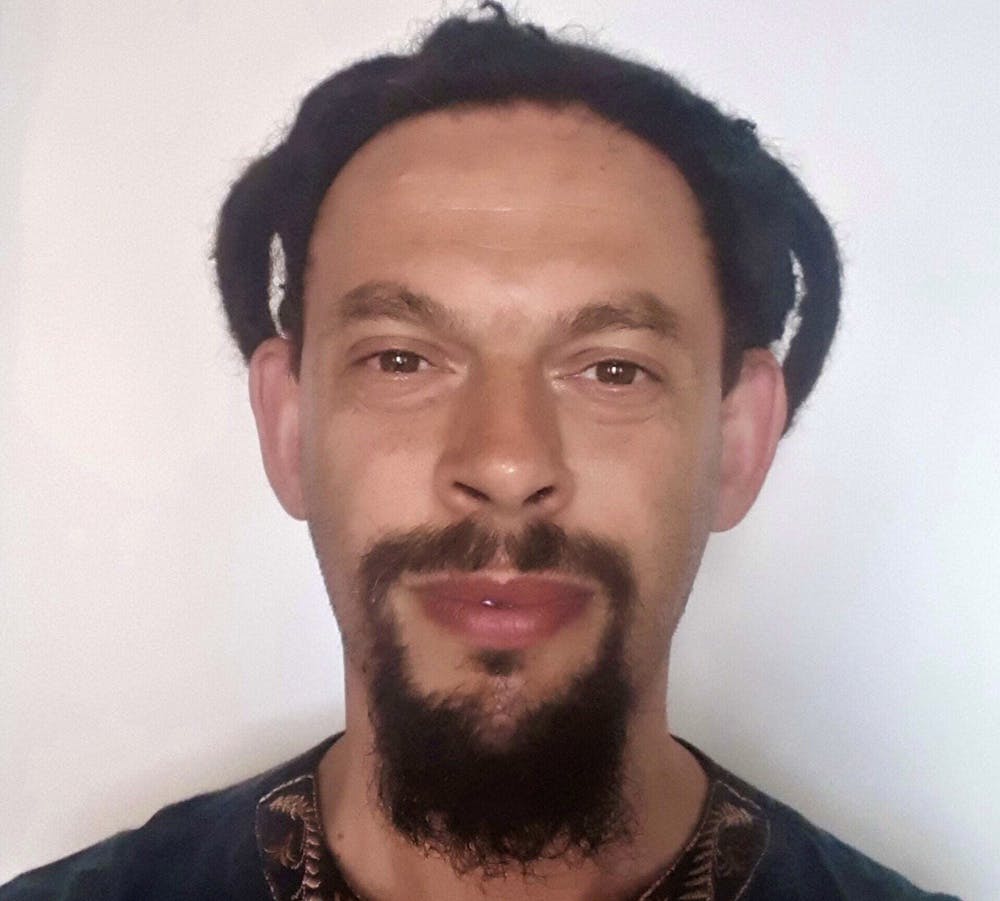Robbie Shilliam is an International Relations professor at the University who studies racism in politics and the legacies of Anglo empires. In an interview with The News-Letter, he discussed how he arrived into the world of political science and his contributions to the field.
The News-Letter: How did you become interested in studying political science?
Dr. Robbie Shilliam: I left school early and ran a little music studio, but I needed more money for new equipment. Back in the ‘90s that was a lot of money, so I went to community college. There I saw this brochure with a picture of the UN General Assembly on it and I thought, ‘Oh wow, I could be a diplomat!’
N-L: Can you expand on your teaching and research at Hopkins?
RS: I'm a professor of International Relations. Within the humanities and social science, there's a wide spectrum. You have two extreme poles where one pole is an understanding of the human condition and the other pole is an explanation of social action. At the humanities pole, it's very much interpretive. Interpretive methodology is trying to figure out the meanings that people impute into their existence. The other pole tries to fashion itself along certain natural sciences, for example doing experiments or statistical inquiries into why people behave the way that they do. I’m more within the humanistic social sciences.
N-L: What is your central focus of study right now?
RS: Through an organization called the Mellon Foundation, me and a colleague named Lester Spence are doing a Sawyer Seminar, which is a funded seminar on a topic for a couple of years. The topic we're doing is “Rethinking the Right to the City through the Black Radical Tradition.”
The seminar is about how one might conceive what's called a “right to the city,” being that most big social struggles these days take place in and over cities. A famous French geographer, Henry Lefebvre, wrote about the right to the city in the late 1960s. There were also a lot of Black radicals who were talking about the right to the city at the same time — most famously James Boggs and Grace Lee Boggs from Detroit.
We're trying to bring those two perspectives together to try and figure out what a right to the city would entail and how you would go about claiming it, especially for poor people in the city, people of subjugated and dispossessed enforced voting and people denuded of any other kind of resources. These seminars bring community organizers and people into relationships and dialogue with academics and intellectuals.
N-L: I saw you did an international exhibition on the Rastafari movement. What was that about?
RS: A lot of iconography in Bob Marley’s lyrics comes from the Rastafari movement. The Rastafari movement is a Black liberation movement that originated in the 1930s Caribbean. It has a very deep set of spiritual and political claims about the ills of slavery and what is required to repair them. Part of this transnational movement is to build more intimate connections between people on the African continent and people in the diaspora.
I do a lot of work with the Rastafari people in terms of building capacity for education and advancing the cause of reparations, mainly through education and cultural stuff. That exhibition was about the history of the Rastafari movement in Britain. The exhibition was trying to tie together the fate and interests of people in the U.K., Ethiopia and the Caribbean.
N-L: What do you hope to accomplish with these exhibitions and your work?
RS: Correct misperceptions and also contribute some of the knowledge that Rastafari has to the wider community.
N-L: What knowledge exactly do you want to impart?
RS: There's a cultural part of it and there's a political part of it. The cultural part of it has to do with a reclamation of blackness as an exemplar of humanity. There is a whole load of cultural tropes about natural living which have to do with casting off the iniquitous living conditions that come about after slavery. For example, dreadlocks were once seen as dirty and a sign that you worship the devil. Rastafari were the people who first reversed that imagery so that now you'll see people wearing dreadlocks everywhere. Things to do with vegan, juices and natural preventative care to illness were also spearheaded by Rastafari. When it comes to the significance of black culture, there is an under-appreciated contribution by the Rastafari.
N-L: What has been your favorite experience so far with your research?
RS: Finding information that's useful to the communities it services. Especially when you can turn your research into modes of engagement which don't require an academic text, meaning it doesn't require a particular kind of language or formality. The exhibition that you mentioned took five years of research with community members, and we turned it into something which was informative and edifying to a general population, which made it more accessible. That would be the most rewarding for me.
N-L: How do you encourage students to approach and analyze the effects of colonialism on the modern world?
RS: It's about fluency. Most stereotypes don't necessarily use the language of race directly, but they emerge out of race and racism. Part of what I see as my role is to give students tools so that they can be fluent in understanding these legacies but also to give them the critical sense so they can't just say everything has to do with colonialism or racism. They have to actually make discerning inquiries into it because it's not explicit. You can't just easily make an argument — you've got to do the work. But just more than anything else, it takes a kind of curiosity and a commitment.





